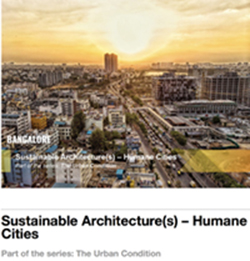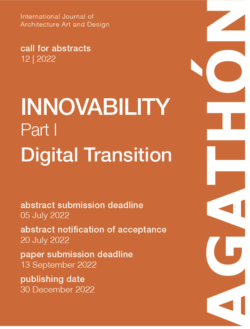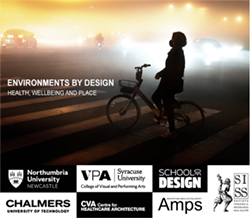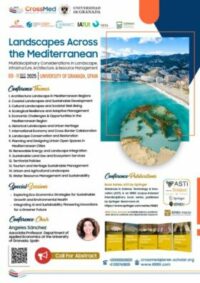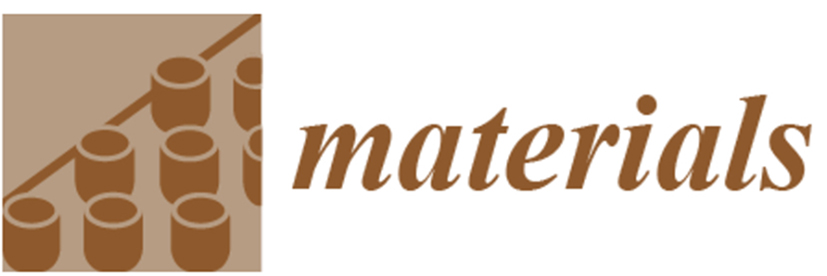ISSN (online): 1996-1944
Call of the Journal:
- Advanced Carbon Materials in Water Treatment or Separations Technology
- Advanced Functional Hybrid Materials for Novel Biomolecular Electronics
- Advances in Biomaterials | Design, Synthesis, Characterisation and Biomedical Application
- Advances in Construction and Building Materials
- Advances in Green Construction Materials
- Assessment of Metallurgical and Mechanical Properties of Welded Joints via Numerical Simulation and Experiments
- Carbon Compounds-Reinforced Ceramics
- Concrete and Waterproofing Materials | Development of Waterproofing Technology for Buildings and Civil Concrete Structures
- Corrosion Inhibitors for Steel | Experimental and Theoretical Studies
- Damage and Failure of Polymers, Polymer-Like Materials, Adhesives and Polymer Nanocomposites
- Development of Energy Storage or Conversion Element Based on Various Nano Materials
- Dyes | Synthesis, Properties, and Applications
- Dynamic Behavior of Ceramic Composites
- Flexible Sensors and Actuators for Novel Wearable Solutions
- Fundamentals and Applications of Bionano Sensor Techniques
- Graphene Foam Based Composites
- Growth and Application of Foam-Based Materials
- High Performance Concrete
- Hybrid Noble Metal/Graphene Aerogels | Synthesis, Characterization and Applications for Chemical Sensing and Biosensing
- Hydrogen Storage and Fuel Cells | Materials, Characterization and Applications
- Load Test and Numerical Analysis on Construction Materials
- Machining and Surface Properties of Steel Parts
- Materials under Extreme Conditions | Technologies for CRMs Reduction, Substitution and Recovery
- Microplastics and Nanoplastics | From Resource to Pollution
- Mineral-Bonded Composites for Enhanced Structural Impact Safety
- Modification and Processing of Biodegradable Polymers
- Nanostructured Semiconductors for Photoinduced Applications
- Novel Inorganic Adsorbents for Environmental Purification
- Numerical Simulation and Experimental Studies of Wave Phenomena in Composite Materials
- Performance Research of Polyurethane Foams and Composites
- Physics, Electrical and Structural Properties of Dielectric Layers
- Precision and Ultra-Precision Subtractive and Additive Manufacturing Processes of Alloys and Steels
- Processing and Thermal Properties of Hybrid Composites
- Recent Advances in 3D Printing for Biomaterials
- Recent Progress in the Development, Material Properties, and Post-Processing of Additively Manufactured Components
- Silica and Silica-based Materials for Biotechnology, Polymer Composites and Environmental Protection
- Study on the Modification and Compressive Properties of Concrete Buildings Materials
- Superconductors for Opto-Nano and Micro-Electro-Mechanical Systems (O-N/MEMS)
- Synthesis and Characterization of Hybrid Nanomaterials and Nanocomposites
- Synthesis, Properties and Applications of Polymer Blends
- Testing of Materials and Elements in Civil Engineering
- The Science and Technology of 3D Printing
Jan
2021
Dec
2021
Ceramic materials are of a complex internal structure. The materials are used in structures of high responsibility like drilling devices, cutting devices, jet engines, and many others. Examples of such materials are multiphase polycrystals, for example, WC/Co, SiC/Al, and Al2O3/ZrO2. The combination of phases of different properties yields a complex microstructure. The dynamic phenomena are very diverse. During high-velocity impact, complex phenomena like cracks, fragmentation and phase transformation in a ceramic-metal matrix composites appear. The behavior of CMM and composites of all brittle phases is qualitatively different. Special attention is given to the influence of voids, and inclusions within the polycrystalline materials on their performance. In recent decades, the advancement of the numerical methods has allowed for the analysis of impact phenomena not only because of theory development but also due to the application of high-performance computing. Numerical analysis often makes it possible to have an insight into the rapid processes that are practically impossible to follow during experiments. Topics: Impact of samples, fragmentation; Variable dynamic loads; Imperfections, voids, inclusions in grains, imperfections in grain boundaries; Imperfections in interfaces; Numerical methods (finite element method, meshless methods); Nonlocal methods; Thermal effects, phase transformation.
Keywords: ceramics; numerical methods; coupled problems; damage; plasticity; thermomechanics.
Dynamic Behavior of Ceramic Composites
Ceramic materials are of a complex internal structure. The materials are used in structures of high responsibility like drilling devices, cutting devices, jet engines, and many others. Examples of such materials are multiphase polycrystals, for example, WC/Co, SiC/Al, and Al2O3/ZrO2. The combination of phases of different properties yields a complex microstructure. The dynamic phenomena are very diverse. During high-velocity impact, complex phenomena like cracks, fragmentation and phase transformation in a ceramic-metal matrix composites appear. The behavior of CMM and composites of all brittle phases is qualitatively different. Special attention is given to the influence of voids, and inclusions within the polycrystalline materials on their performance. In recent decades, the advancement of the numerical methods has allowed for the analysis of impact phenomena not only because of theory development but also due to the application of high-performance computing. Numerical analysis often makes it possible to have an insight into the rapid processes that are practically impossible to follow during experiments. Topics: Impact of samples, fragmentation; Variable dynamic loads; Imperfections, voids, inclusions in grains, imperfections in grain boundaries; Imperfections in interfaces; Numerical methods (finite element method, meshless methods); Nonlocal methods; Thermal effects, phase transformation.
Keywords: ceramics; numerical methods; coupled problems; damage; plasticity; thermomechanics.
ADS-Astrophysics Data System, AGORA(FAO), CAB Abstracts(CABI), Chemical Abstracts (ACS), Current Contents-Engineering, Computing & Technology (Clarivate Analytics), DOAJ, Ei Compendex/Engineering Village (Elsevier), Genamics JournalSeek, Global Health (CABI), HINARI (WHO), Inspec (IET), Journal Citation Reports/Science Edition (Clarivate Analytics), Julkaisufoorumi Publication Forum (Federation of Finnish Learned Societies), Norwegian Register for Scientific Journals, Series and Publishers (NSD), Polymer Library (Smithers Rapra), PubMed (NLM), Science Citation Index Expanded – Web of Science (Clarivate Analytics), Scopus (Elsevier), Web of Science (Clarivate Analytics), Zetoc (British Library), CLOCKSS (Digital Archive), e-Helvetica (Swiss National Library Digital Archive), PubMed Central (NLM), Academic OneFile (Gale/Cengage Learning), EBSCOhost (EBSCO Publishing), Energy & Power Source (EBSCO), Engineering Source (EBSCO), Google Scholar, J-Gate (Informatics India), Materials Science & Engineering (ProQuest).
Info at: www.mdpi.com/journal/materials/apc
Guest Editors
Dr. Eligiusz Postek
Prof. Tomasz Sadowski

